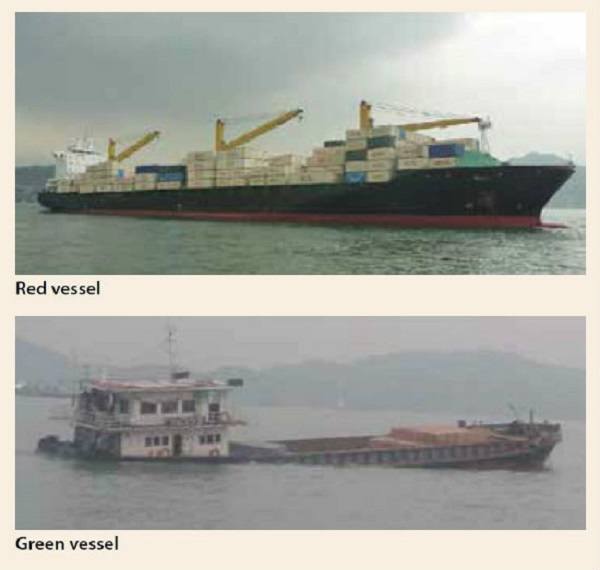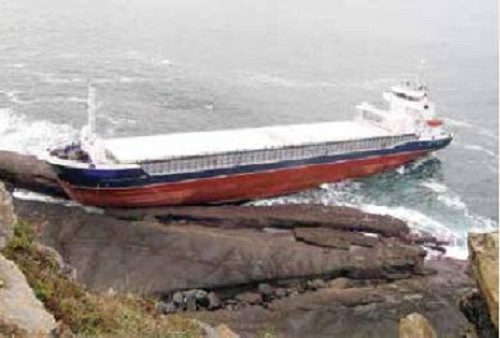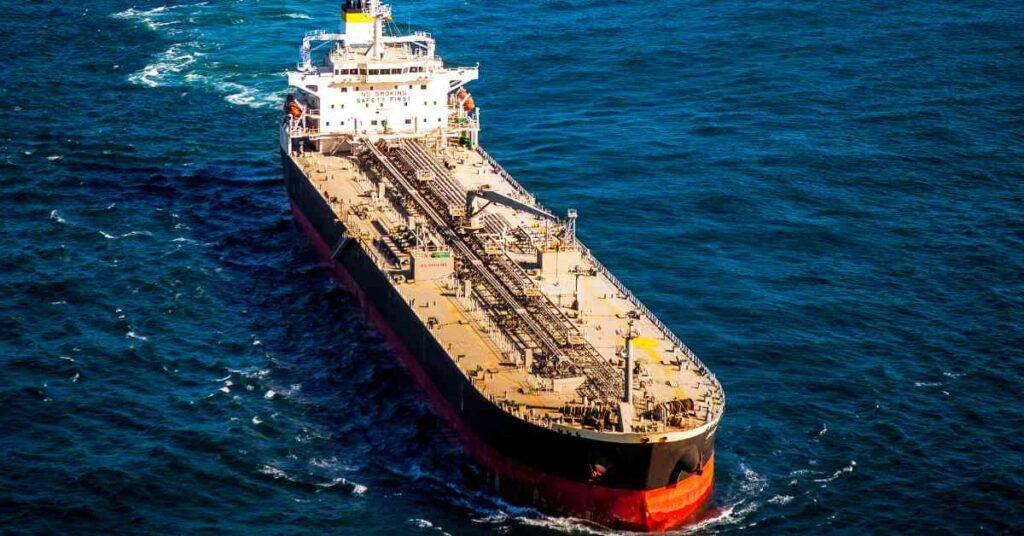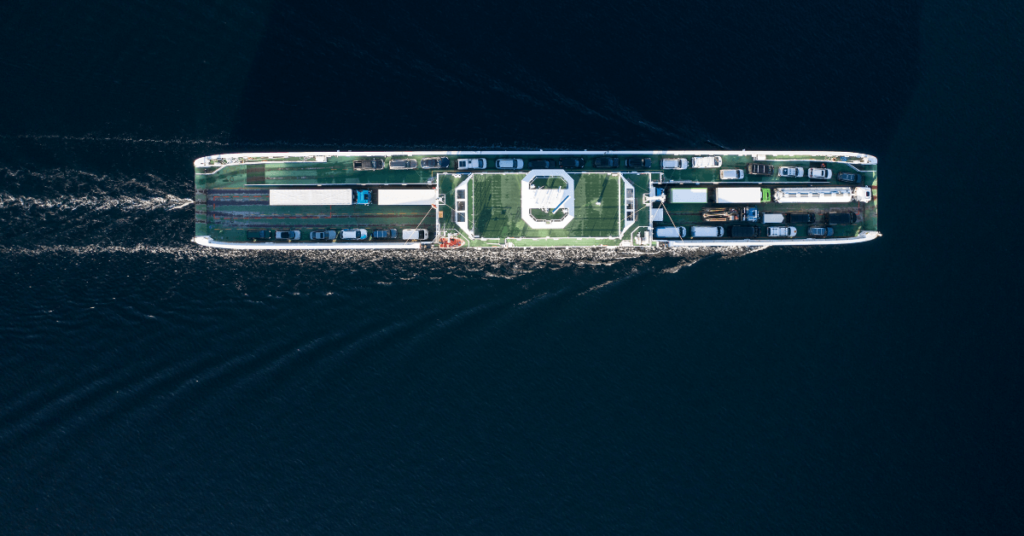Real Life Incident: Double Lanyard – Zero Attachment
A loaded bulk carrier was at sea. The deck crew were washing and cleaning cargo hold no. 7 which had remained empty. The crew members had donned their Personal Protective Equipment (PPE) which included a twin-lanyard safety harness for the crewmember who would be working at height. The hatch covers were opened, and a portable ladder was rigged on the starboard side, forward over the hopper and just abaft of the corrugated transverse bulkhead. The portable ladder was secured next to the fixed steel ladder. A guide rope and a safety line were secured across the upper reaches of the cargo hold.
Two crew were working aft while the other crewmember aloft was forward, standing on one of the stiffeners at a height of about 7.5 metres above the tank top. He was using a power washer and a hand-held broom to wash off coal residues that had remained in this area.
Suddenly, the two crewmembers aft were alerted by a loud scream. They saw the victim had fallen from the stiffeners and was lying on the tank top, and rushed to aid him. The victim was conscious, bleeding slightly from the head, and complaining of severe chest and back pain. The accident was reported to the bridge and first aid was administered. The victim was then carefully evacuated from the cargo hold and taken to the ship’s hospital, where his condition was continuously monitored. At the time, the vessel was approximately 150nm off the coast.
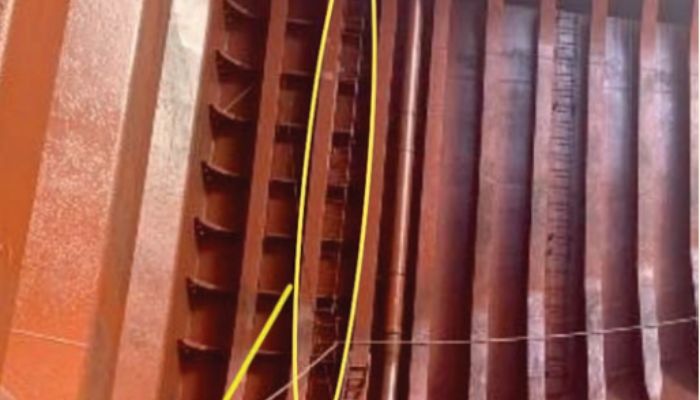
Following communication with shore medical authorities, the Master altered course and proceeded towards the coast. The following morning the victim was air-lifted by helicopter to a local hospital. Injuries were severe but not life threatening. The victim was returned to his home country for medical follow-up and recovery.
The victim confirmed during the post-accident interview that at one point just before the fall, both of his safety lines had been unsecured. The investigative agency found, among other things, that the actions of the victim were similar to several other instances on file where the need to ‘get the work done’ seems to override safety concerns, even where the situation was not an emergency. It would appear that if the person in question perceives that they have ‘control’ of the situation, this influences their decision making process and evaluation of risk.
Lessons learned
- Qualitative risk evaluation is subjective and can be affected by factors such as the person’s perceived control over the situation, the familiarity or even ‘shock value’ of the risk. Mundane tasks are a breeding ground for misplaced judgement, even those that present severe risks.
- Safety harnesses are equipped with two lanyards for the express purpose of always having one connected while the other one is repositioned. Make sure you and your crewmates use them correctly.
Reference: The Nautical Institute
Do you have info to share with us ? Suggest a correction
About Author
Marine Insight News Network is a premier source for up-to-date, comprehensive, and insightful coverage of the maritime industry. Dedicated to offering the latest news, trends, and analyses in shipping, marine technology, regulations, and global maritime affairs, Marine Insight News Network prides itself on delivering accurate, engaging, and relevant information.

About Author
Marine Insight News Network is a premier source for up-to-date, comprehensive, and insightful coverage of the maritime industry. Dedicated to offering the latest news, trends, and analyses in shipping, marine technology, regulations, and global maritime affairs, Marine Insight News Network prides itself on delivering accurate, engaging, and relevant information.
- Real Life Incident: Vessel Collision in Good Visibility
- Real Life Incident: Severe Injury To Deck Crew While Leaving Berth
- Real Life Incident: Departure Damage in Very Restricted Waterway
- Real Life Incident: Low Situational Awareness Has High Impact Consequence
- Real Life Incident: Fouled Anchor in a Designated Anchorage
- Real Life Incident: Fire On Barge Carrying Scrap Metal Causes $7 Million Worth Of Damage
Latest Case studies Articles You Would Like:
Subscribe To Our Newsletters
By subscribing, you agree to our Privacy Policy and may receive occasional deal communications; you can unsubscribe anytime.










